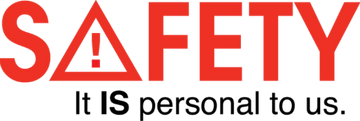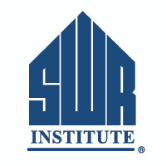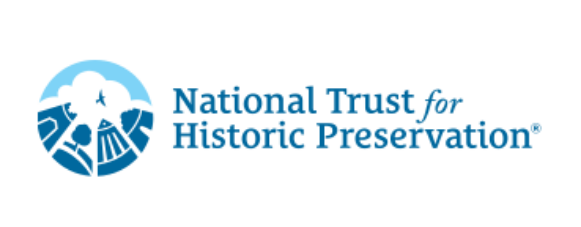Slip, Trip, and Fall Injuries
Property damage incidents involving moving equipment or vehicles Caught in/between injuries
Sprains/ strains due to unnecessary lifting and handling of objects that are in the way.
Ways to improve the general upkeep in your work area:
- Create lay down yards for equipment and tools when out in the field. At the end of the task, return tools and equipment to their proper locations such as a workshop or toolbox.
- Designate walking areas or paths for employees in work area and keep equipment and objects out of that path.
- Designate parking areas within specific work areas to avoid clutter and vehicles or equipment striking objects around them.
- Barricade or place orange fencing around objects or areas where equipment, vehicles, or people should not be. This also helps control points of access into work areas.
- Keep tools and equipment clean. Heavy equipment should not have loose cargo such as trash in the cab. These items can be a distraction or interfere with the controls.
Summary:
Paying attention to the small details translates to bigger changes in the safety culture in the field. Not only does good housekeeping help to lower property loss incidents as well as injuries, but it also shows the maturity of a safety culture within a company. Many of us work for a larger contractor or client in the construction industry and when your work areas are always clean and tidy it shows responsibility of your company to address the small issues onsite. Overlooking simple issues such as housekeeping can lead to big problems with injuries and property loss.
Safety Related Paperwork:
Safety is often associated with paperwork in many workplaces. While many employees dislike the fact that there is so much paperwork involved in workplace safety, it is often necessary to have.
Paperwork communicates safety requirements, describes work processes, communicates hazards, tracks near misses, investigates losses, and serves many more purposes. It is an important part of the overall safety program at Culbertson company.
Whether you agree or disagree with the paperwork that the company requires you to review or complete relating to safety on the job, each piece is there for a reason. There are many proactive tools such as training materials, job safety analyses, PPE assessments, standard operating procedures, permits, etc. These tools are meant to communicate the hazards and necessary measures needed to work safely for a specific work task or at a work site as a whole. These tools also get employees to take a step back and focus on safety first rather than just jumping into a work task. The paperwork serves as a tool to double check that the necessary safeguards are in place prior to work beginning. Work tasks can be complicated and these tools are just a way to ensure hazards are communicated and addressed
There are many other reasons why paperwork is necessary regarding workplace safety. Other very important reasons include complying with client requirements as well as federal regulations such as the EPA or OSHA. Do not just go through the motions and pencil whip paperwork. Take time to understand the purpose of these tools at your workplace. It not only keeps you safe, but it also protects the company as a whole.
Hazards exist in every workplace in many different forms: sharp edges, falling objects, flying sparks, chemicals, noise and a myriad of other potentially dangerous situations. The Occupational Safety and Health Administration (OSHA) requires that employers protect their employees from workplace hazards that can cause injury. Controlling a hazard at its source is the best way to protect employees. Depending on the hazard or workplace conditions, OSHA recommends the use of engineering or work practice controls to manage or eliminate hazards to the greatest extent possible. For example, building a barrier between the hazard and the employees is an engineering control; changing the way in which employees perform their work is a work practice control.
Eye Protection
Employees whose vision requires the use of corrective lenses in spectacles, when required by this regulation to wear eye protection, shall be protected by goggles or spectacles of one of the following types:
- Spectacles whose protective lenses provide optical correction;
- Goggles that can be worn over corrective spectacles without disturbing the adjustment of the spectacles;
- Goggles that incorporate corrective lenses mounted behind the protective lenses.
- Safety Glasses must be worn at all times while working.
Head Protection
Employees working in areas where there is a possible danger of head injury from impact, or from falling or flying objects, or from electrical shock and burns, shall be protected by protective helmets.
Culbertson Company requires employees to wear hard hats at all times while working.
Hearing Protection
Wherever it is not feasible to reduce the noise levels or duration of exposures to those specified in Table D-2, Permissible Noise Exposures, in 1926.52, ear protective devices shall be provided and used.
1926.101(b)
Ear protective devices inserted in the ear shall be fitted or determined individually by competent persons.
1926.101(c)
Plain cotton is not an acceptable protective device.
Protective Footwear
Protective footwear worn in the workplace is designed to protect the foot from physical hazards such as falling objects, stepping on sharp objects, heat and cold, wet and slippery surfaces, or exposure to Slips and falls do not always result in a foot injury but lack of attention to foot safety plays an important role in their occurrence.






